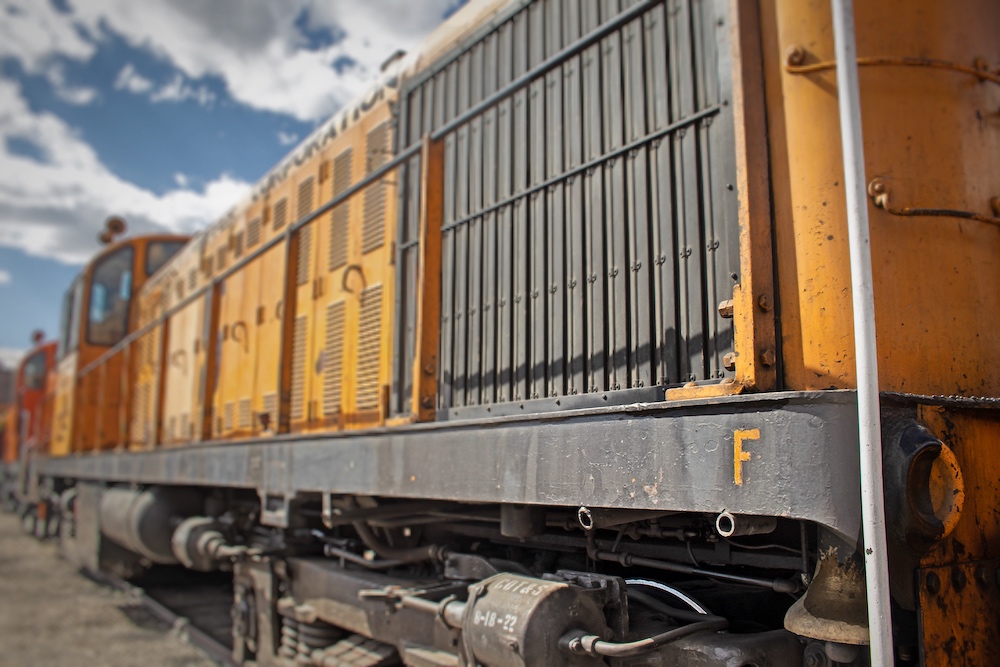
If you look closely at a diesel locomotive, you’ll see the letter “F” stenciled near the stairs. As obvious as it seems, the “F” stands for Front, and it’s required under the Railroad Locomotive Safety Standards section of the Code of Federal Regulations (CFR). Title 49 CFR Part 229.11 reads, “The letter “F” shall be […]
Read More…
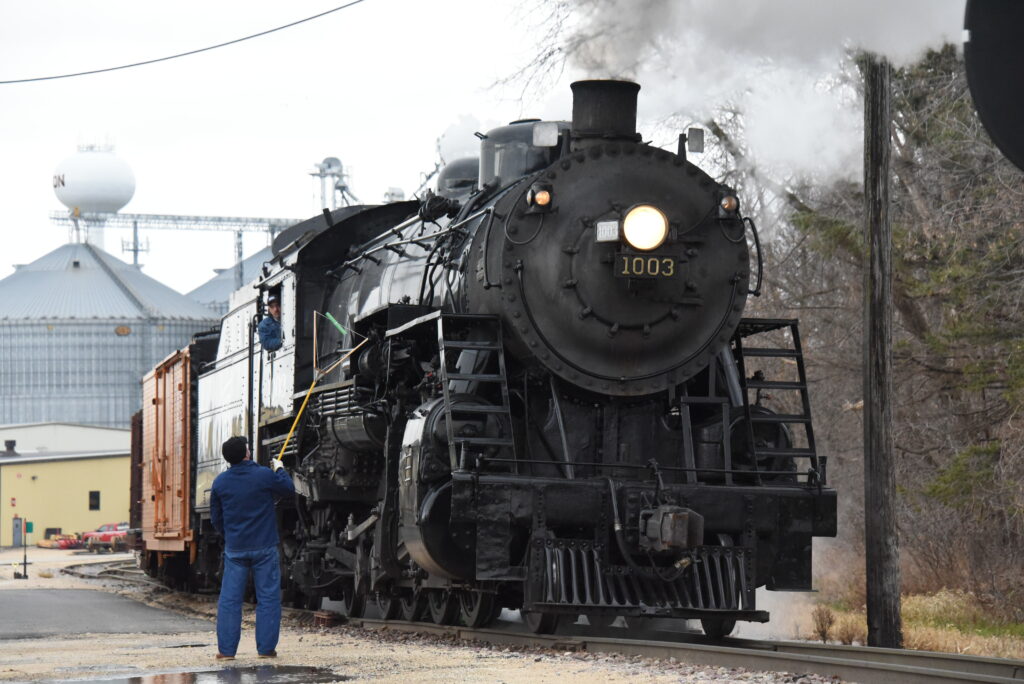
Railroad lingo What is the railroad’s lingo? Utilized mostly by railroaders, it’s a way of speaking among co-workers that involves using railroad terminology, jargon, slang, or argot. Common lingo can vary from one group of individuals to another. Not born of this world, I’ve struggled to understand some of the language the railroad professionals use […]
Read More…
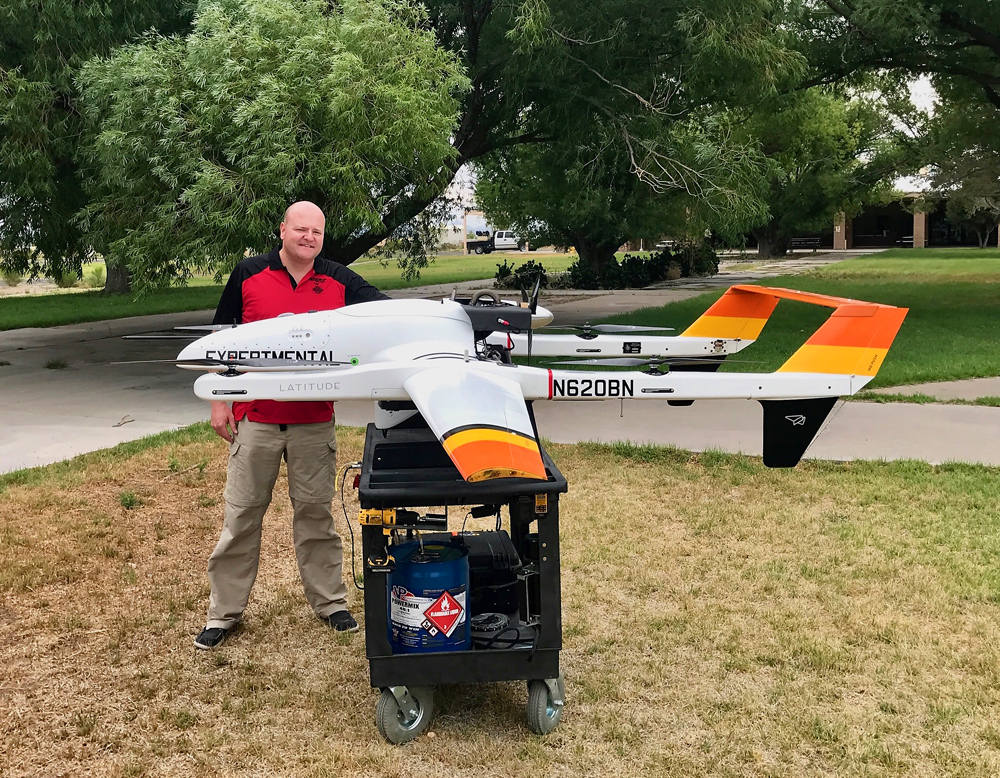
Drones With artificial intelligence growing at breakneck speed, businesses worldwide are experimenting with drone technology. No longer just a topic for science fiction, the use of drones has expanded rapidly over the last decade in a wide range of industries, including railroading. In the 2010s, Class I railroads gradually embraced the use of drones within […]
Read More…
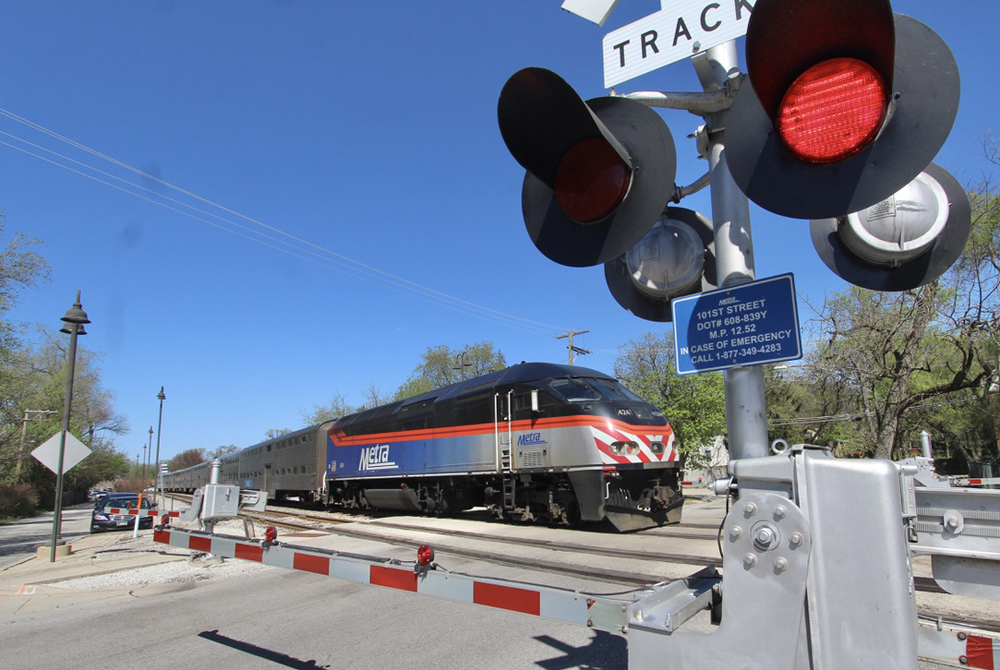
Look closely anywhere a road or pedestrian walkway crosses railroad tracks in the U.S. and you’ll see a small rectangular blue and white sign attached to the nearest warning device. Officially dubbed an Emergency Notification System, or ENS, sign, it has two vital pieces of information: a U.S. Department of Transportation “National Inventory Number” unique […]
Read More…
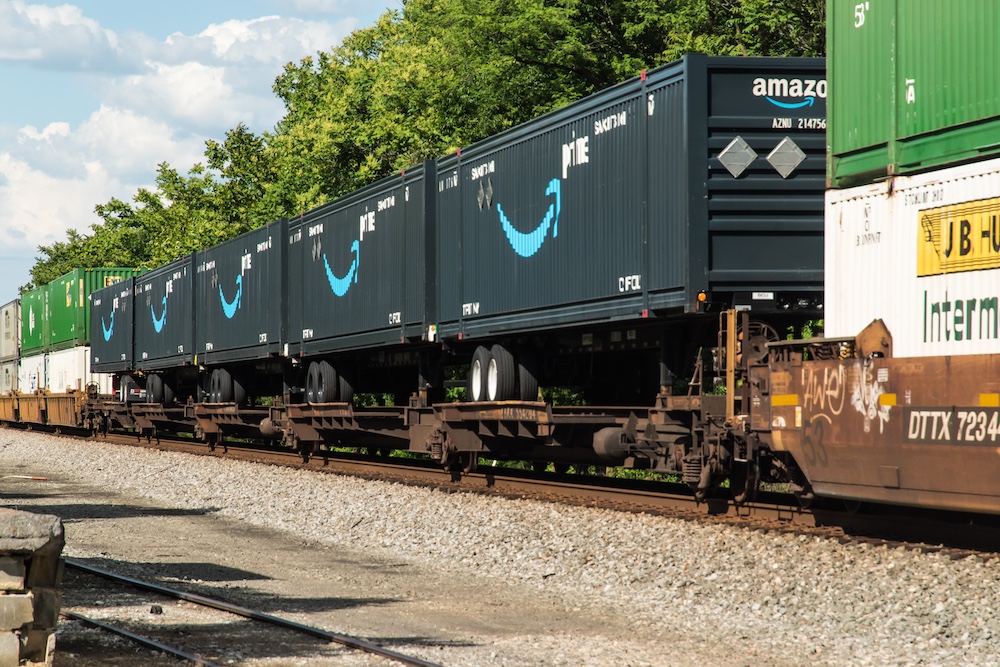
Amazon, the Internet shopping giant, is also intermodal’s uncommon carrier. To understand what makes it different, a brief overview of railroad intermodal operations is in order. In the early days of large-scale U.S. railroad intermodal operations, described more accurately at that time as “Piggyback”, or TOFC (Trailer On Flat Car), the identification of these vehicles […]
Read More…
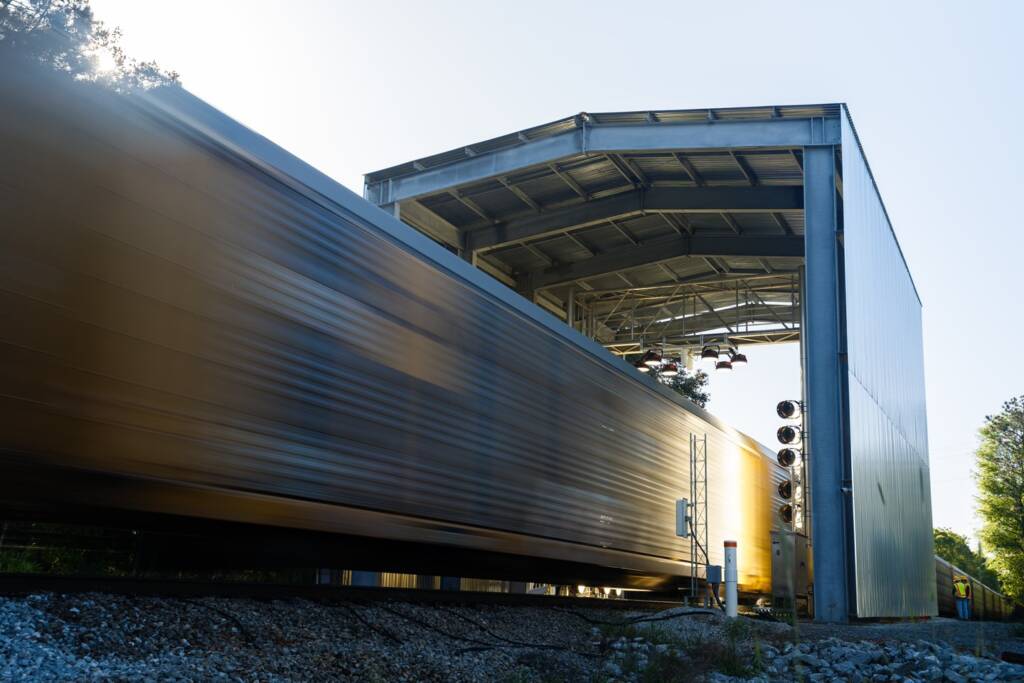
Norfolk Southern is installing Digital Train Inspection (DTI) portals at key locations on its 22-state network. Each portal features sensors, stadium lighting, and an array of ultra-high-resolution cameras mounted above, below, and on either side of the rails. As trains pass through the portal — at speeds up to 70 mph — images from the […]
Read More…
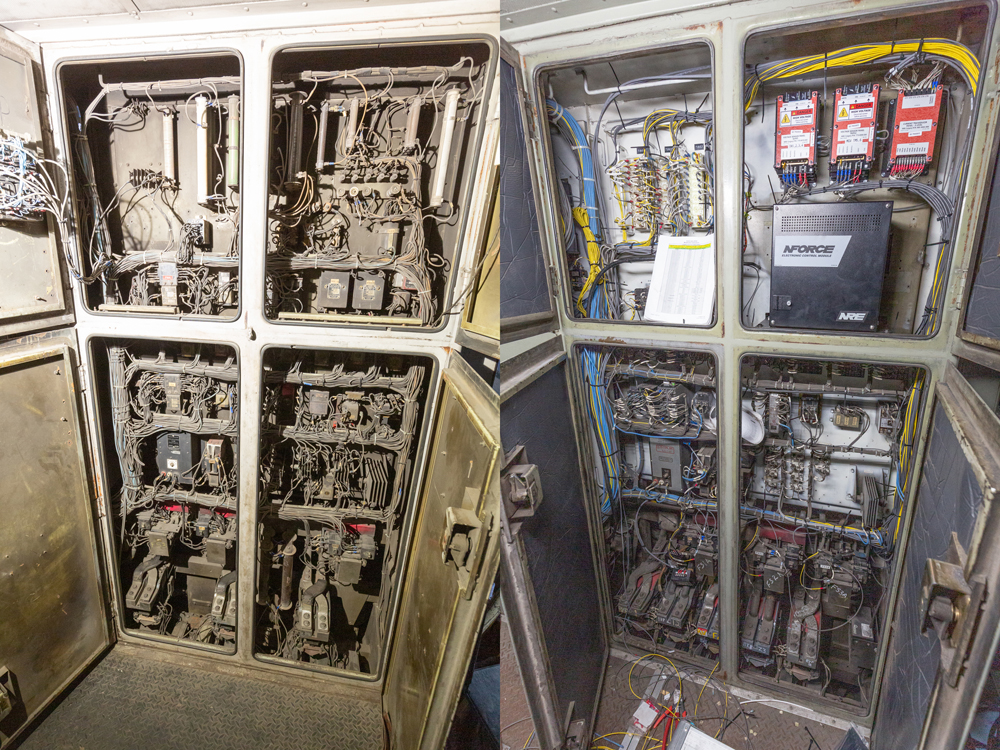
Microprocessor control New locomotives have largely included some sort of microprocessor control since the 1980s when EMD’s 60-series line and GE’s Dash 8 line were introduced. These advanced systems expanded the ability of new power to basically haul more and break down less than older designs. But the thousands of locomotives built prior to this […]
Read More…
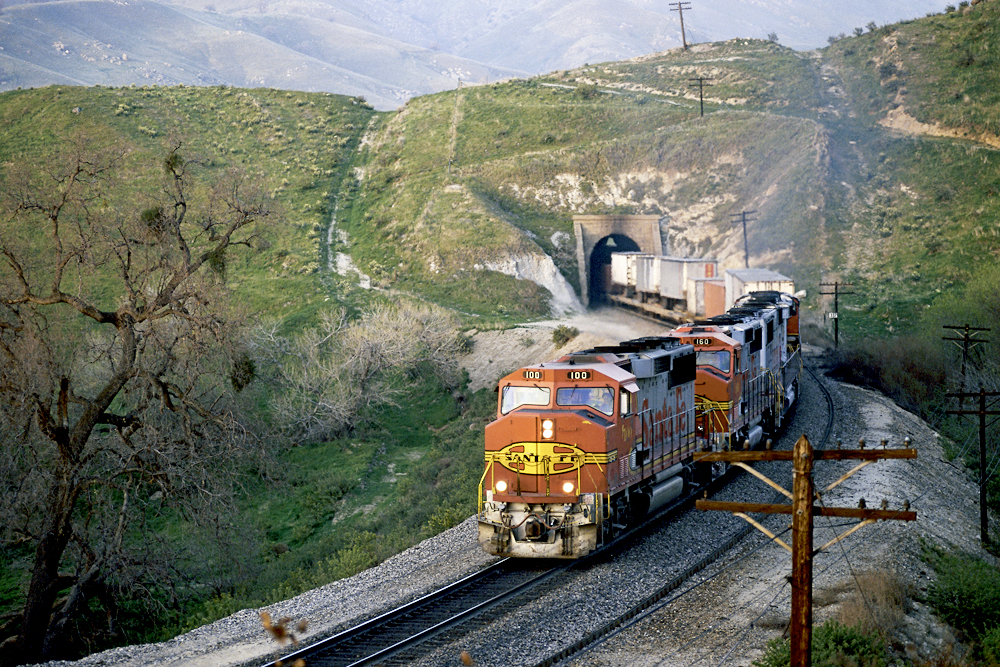
Trackage rights are one of the main reasons you may see a train from one company operating on tracks belonging to another company. Geography, for example, played a role in the long-standing agreement governing Union Pacific’s crossing of California’s Tehachapi Mountains. When this line was built by the then-Southern Pacific, there was no room for […]
Read More…
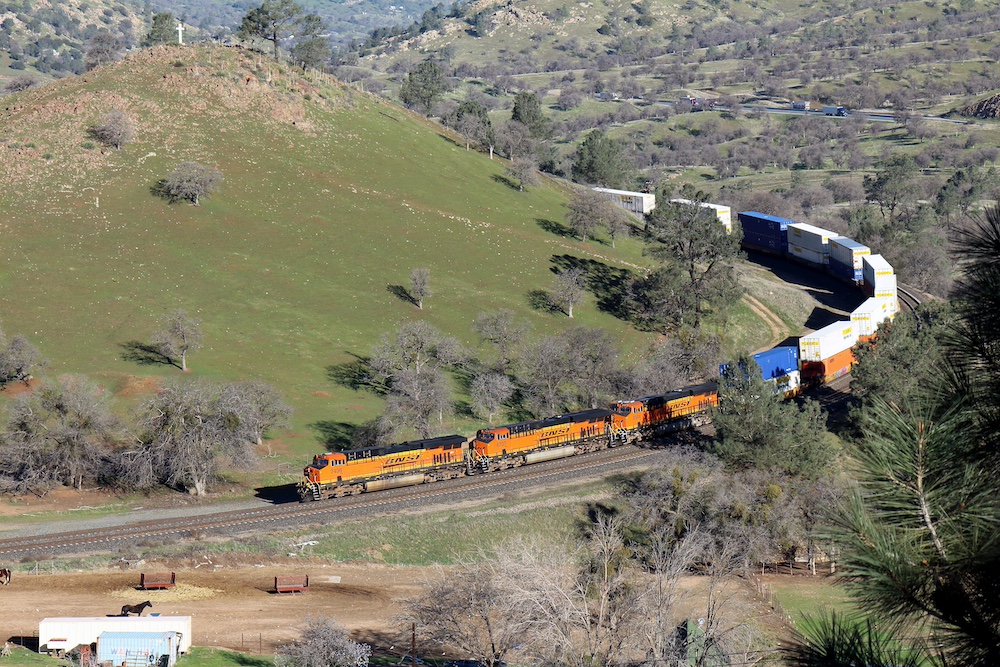
Train handling The United States Bureau of Labor Statistics estimates there are more than 36,000 locomotive engineers in the United States. Whether it’s an older Geep switching cars in an industry, a passenger train racing across the country, or a Class I freight on the main line, the techniques that engineers learn and have at […]
Read More…
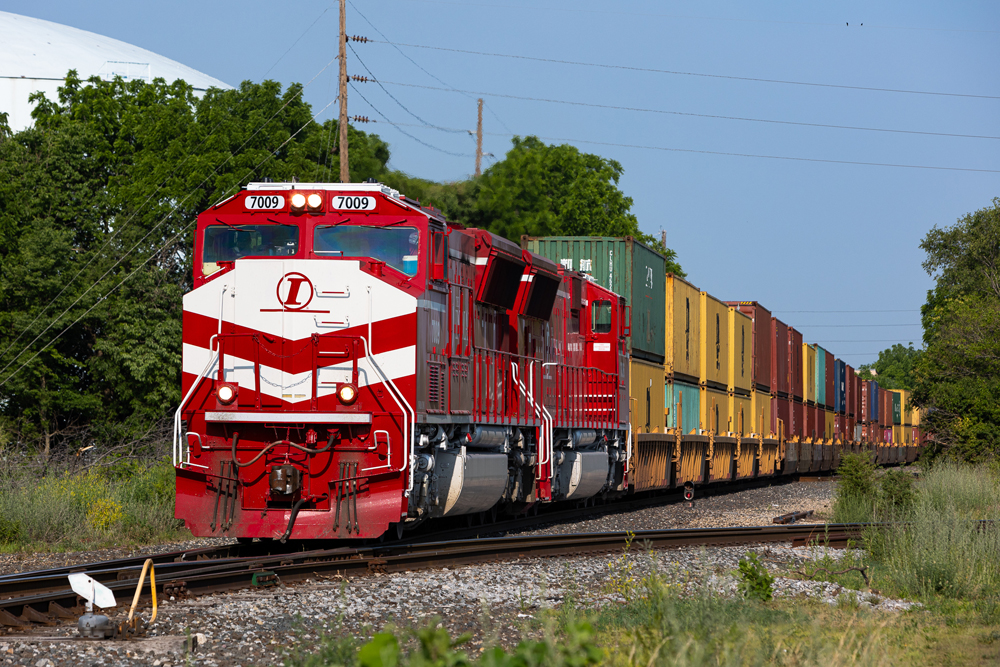
Intermodal equipment If you’re trackside, odds are you’re going to see an intermodal train. Intermodal made up 49% of the 34 million units of freight carried by U.S. railroads last year, more than four times higher than coal, the next largest commodity. Odds are that intermodal train will mostly have railcars owned by TTX, a […]
Read More…
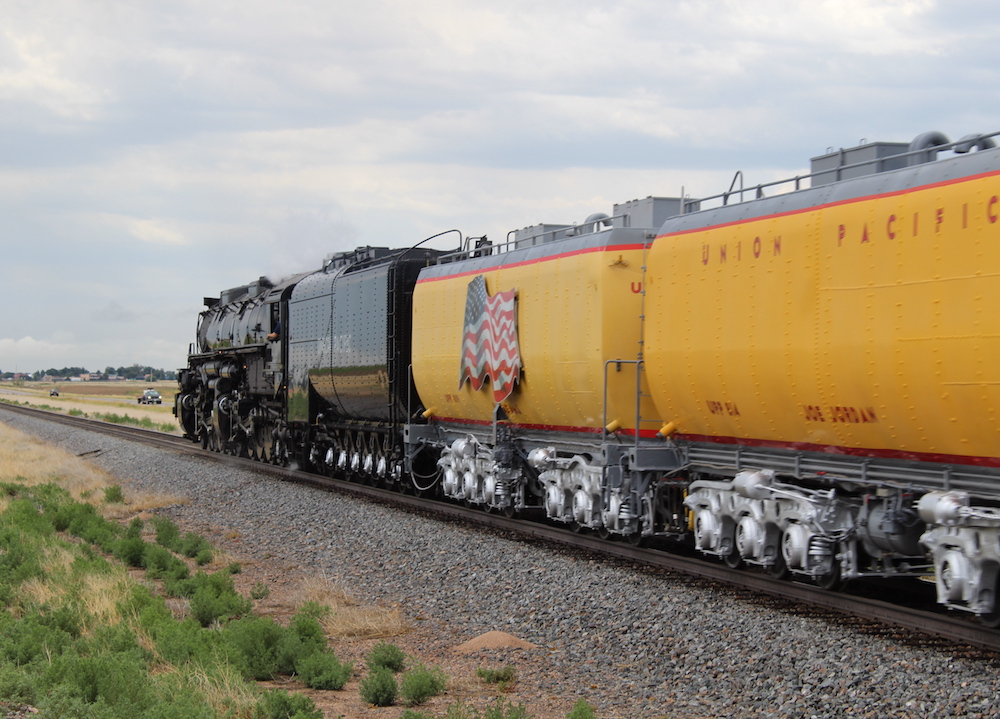
From short lines to Class I railroads, you’ll likely come across a mainline steam excursion with one or more tenders/tank cars coupled right behind the locomotive’s main tender. Water is the primary commodity, all for the steam locomotive when out on the road. The use of an auxiliary water car, sometimes referred to as a […]
Read More…
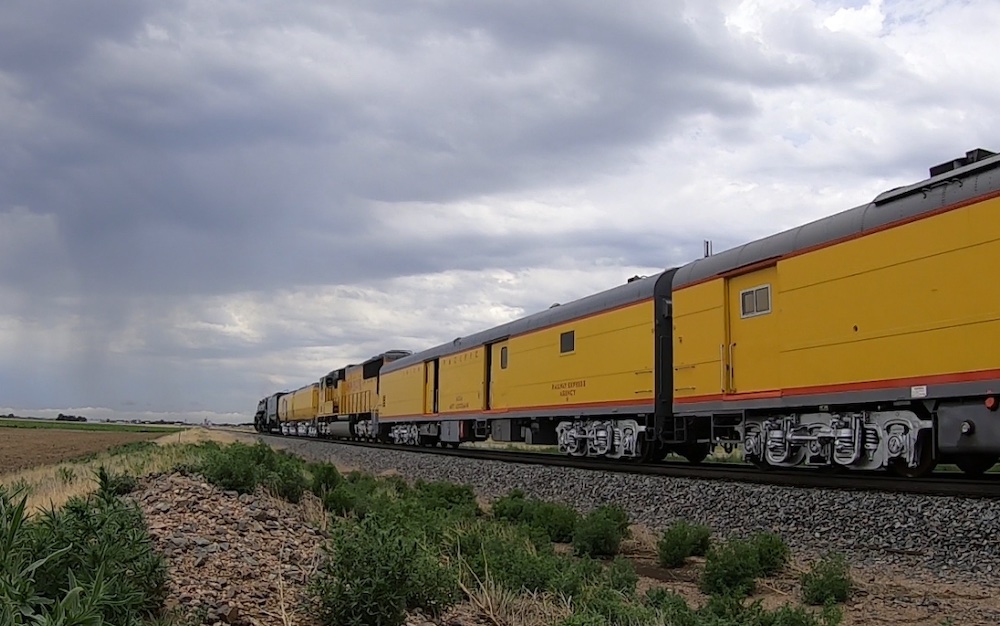
From short lines to the Class I railroads, chances are you’ll come across a mainline steam excursion with one or more non-passenger railcars near the front of the train (sometimes coupled directly behind the locomotive). They’re carrying, as the name implies, tools and more to support the steam locomotive when out on the road and […]
Read More…











